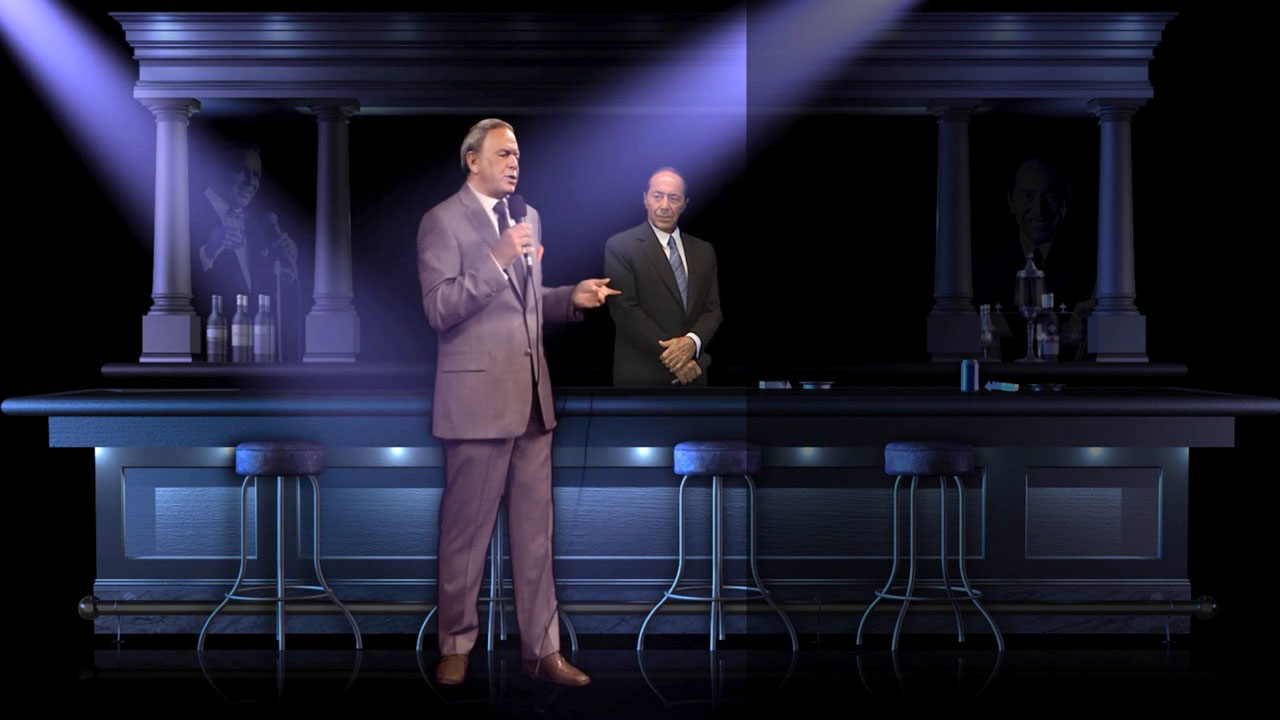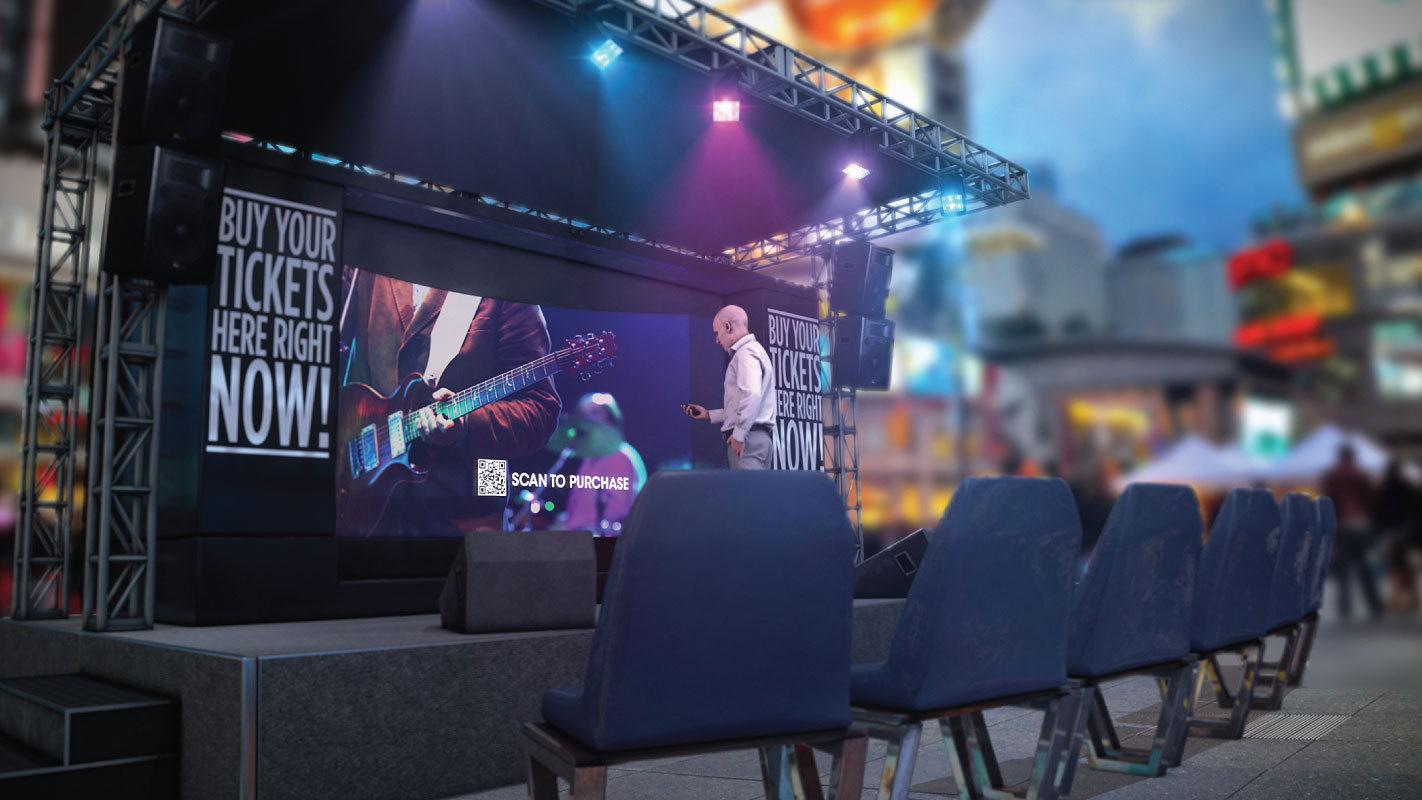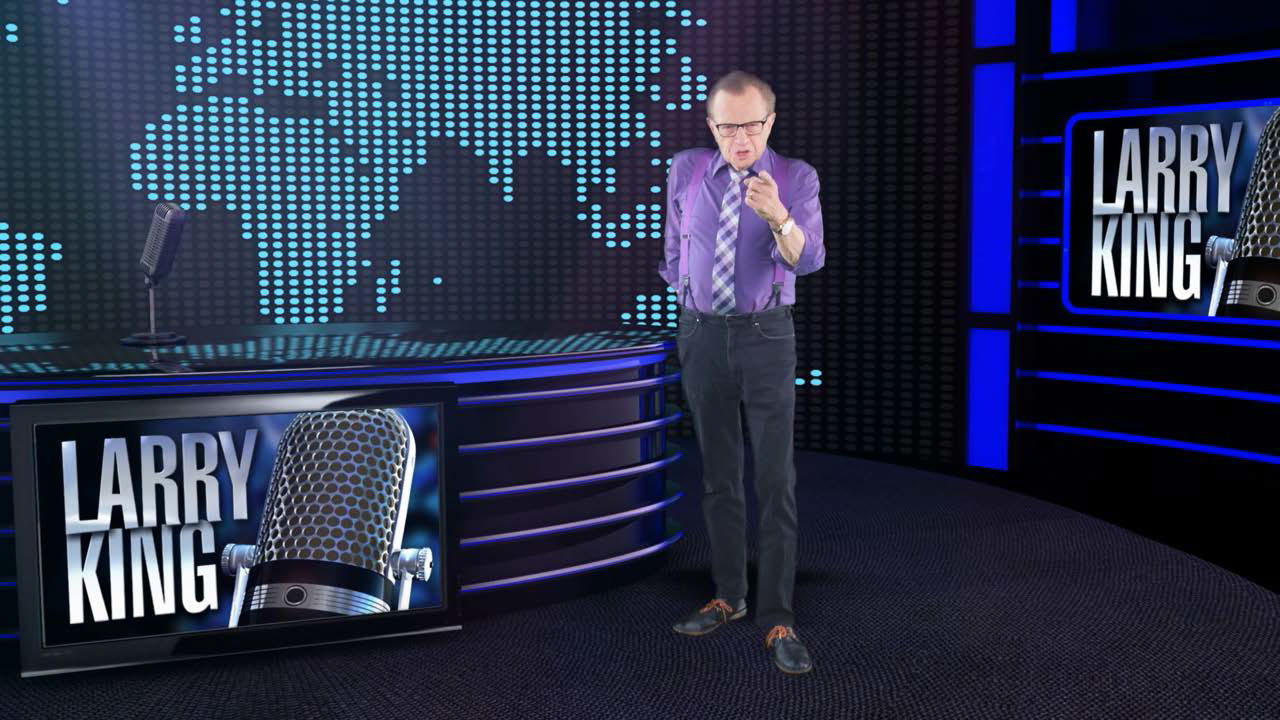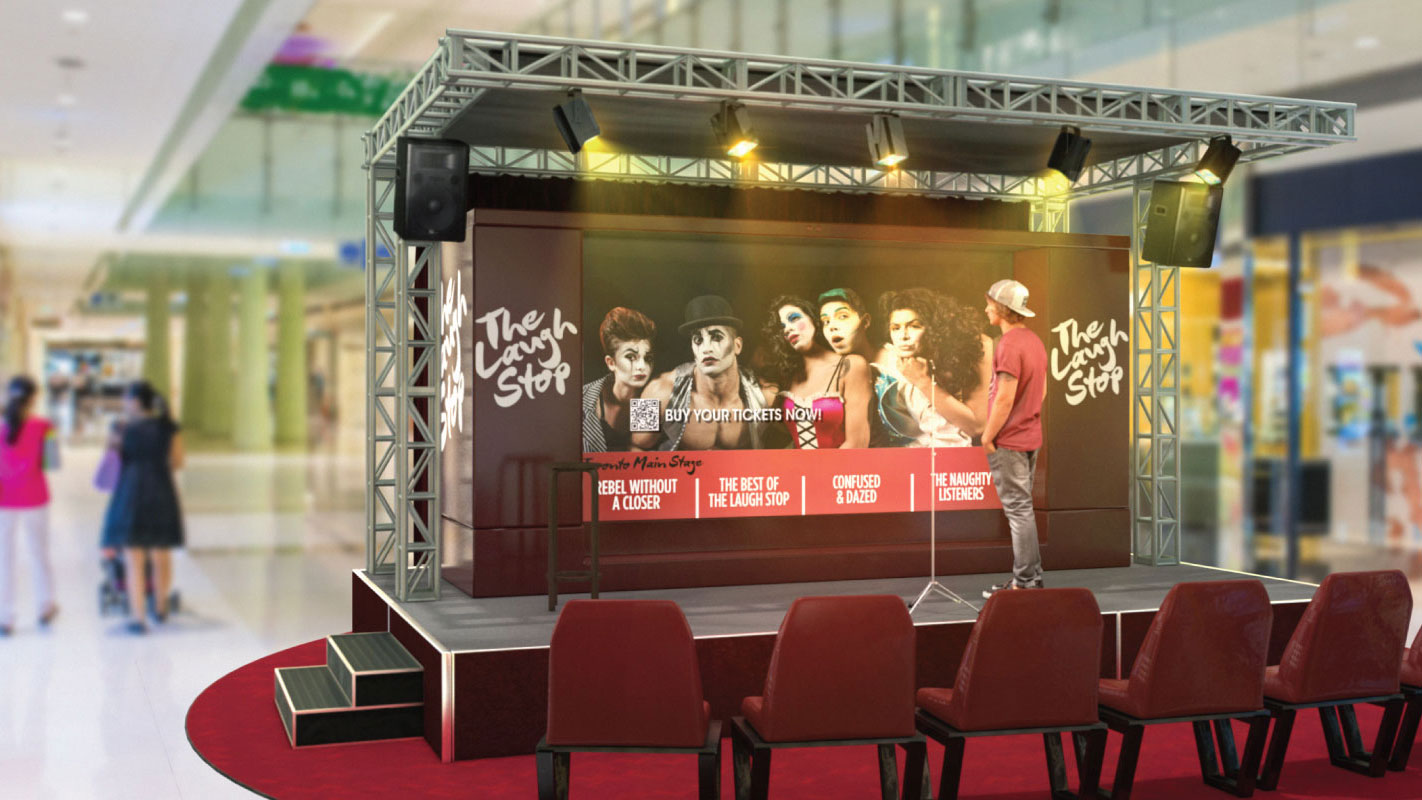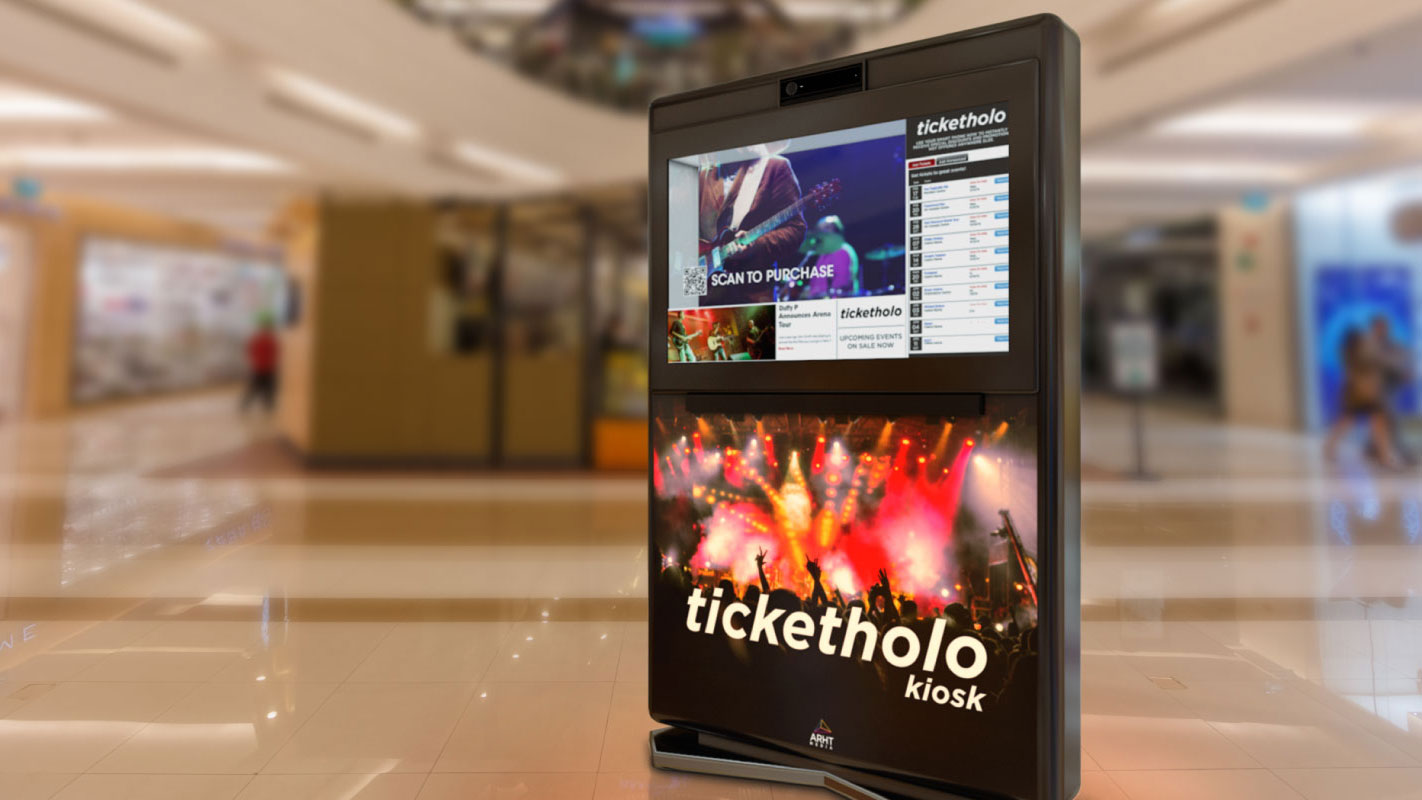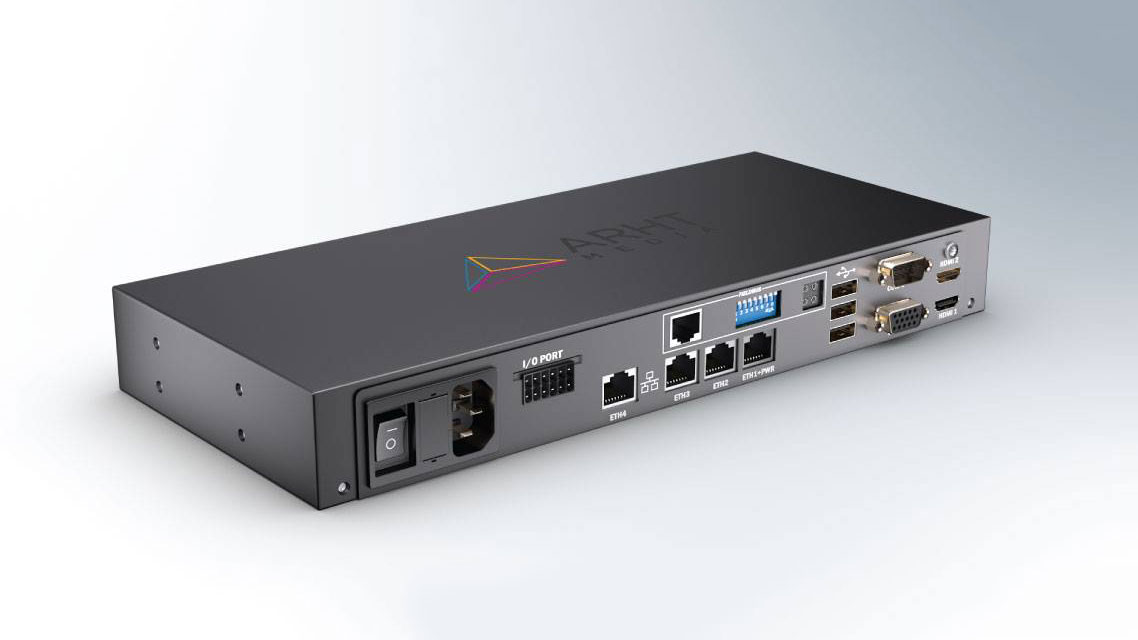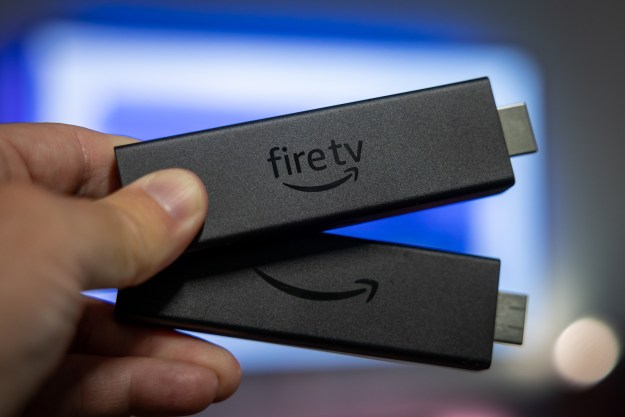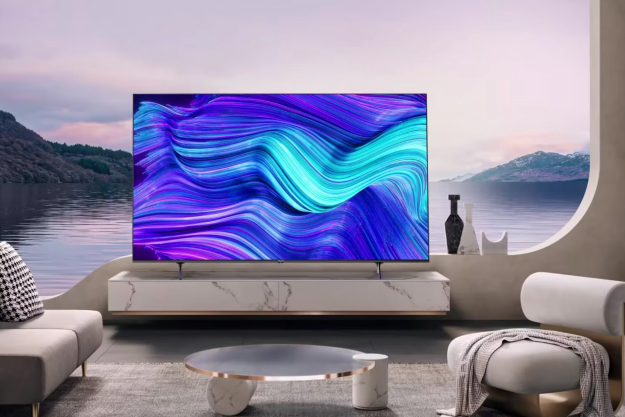When the late rapper 2Pac performed as a holographic image at Coachella in 2012, it created a stir about the concept of bringing deceased celebrities back to virtual life to perform in front of sellout crowds once again. The technology that made that happen was straight out of Hollywood — the kind that costs hundreds of thousands of dollars and previously brought life to the likes of Benjamin Button and a young Jeff Bridges in TRON: Legacy.
Toronto-based ARHT Media is developing similar tech, but the startup isn’t about venturing into the latest blockbuster movies or sellout concerts. Instead, it sees “holoporting,” the means of bringing a live person from one location to another in real-time, as the ticket to changing how people interact with celebrities. And eventually, the same holo-images might just make it into your living room or man cave.
‘Holoporting’ HumaGrams
Founded by a small group of investors that includes singer Paul Anka, ARHT Media’s real-time holoporting idea is based on what it calls HumaGrams, holographic images of people who can communicate directly with others live, even if they’re on the other side of the world.
The technology behind this uses multiplane visualization to make it possible to view what appears to be a 3D form. HumaGrams can’t technically be categorized as holograms because they are neither volumetric nor light-based. They are also not fully-formed such that they can be viewed from 360-degrees — any ideas of having Princess Leia, Cortana, or even 2Pac appear like ghosts out of some orb are out of the question.
The company’s ARHTengine powers the technology, made up of hardware and a software application that synchronizes front and back projection planes to deliver HumaGrams or virtually any other type of content in photorealistic stereoscopic 3D.
The premise is that these 3D forms, all of which are viewable without glasses, are scalable enough to work on one of ARHT’s own screens, which can be single plane projection, multiplane projection, or flatscreen TVs in 1080p and 4K Ultra HD.
“There are no special cameras needed to do this,” explains Paul Duffy, president and CEO at ARHT Media. “The reason we refer to it as a HumaGram is we’re not trying to tell people that it’s a 3D image that you can walk around.”
Self-help guru, Tony Robbins, served as a guinea pig of sorts when he hosted a seminar in Melbourne while using the technology in a Miami studio. The audience could see him live, in true scale, and could engage with him directly as if he were actually present.
Another recent application of the technology took place in Philadelphia at the BIO International Convention, where Toronto-based Klick Health’s CEO was holoported as a HumaGram to introduce one of the keynote speakers for the event.
Proximity and interactivity
Duffy says the company sees real potential in holoporting celebrities, athletes, and other performers to different locations — sometimes in the same day. Politicians and religious figures would probably also love that, he believes.
The proximity-based technology behind the HumaGrams means that all the engagement with viewers can be tracked and broken down into detailed analytics.
“Our displays can detect when a person is in its proximity, initiate a conversation, and serve programmed content relevant to that person.”
“Using the ARHTengine, our displays can detect when a person is in its proximity, initiate a conversation with them using our HumaGrams, and serve programmed content that would be relevant to that person, all while collecting many forms of analytical data around the engagement and level of interest,” says Duffy.
In other words, a HumaGram can come to life when people enter a predefined zone and speak to them directly to gauge what’s keeping their attention.
Ticketmaster has been experimenting with proximity-based custom content in a few large arenas in Canada to try and connect with passers-by who might be interested in tickets to an upcoming concert or event. A higher level of engagement could also yield coupons or generate a QR code that viewers could use for whatever incentive is offered.
“By utilizing web services, we can pull in calendars, QR codes, personalization, and with proximity detection, we can see who’s in the viewing area and then alter the content or serve up material or content appropriate to that viewer or audience. We’re tracking all that data while it’s happening,” he says.
Living, dead or fake
The technology is such that ARHT Media can create HumaGrams from living, deceased or fictional people. It can bring back Michael Jackson, Kurt Cobain or maybe even Elvis, and put any one of them on its display if it really wanted to, except Duffy is quick to point out that he’s not running a special effects AV company. Duffy sees the potential for the tech in retail, education, and interactive displays.
That’s not to say it isn’t capable of some illusionism. In creating a fake human, the company can give him or her a language, accent, and appearance. This fictional character is recorded in a studio with 360-degree camera capture and placed in the ARHTengine for real-time rendering. Add some lighting and shading, and a fully-formed digital human comes out, ready to go.
Coming to a home near you?
Before you start thinking of using the technology yourself to create your own virtual buddy, ARHT is focusing on building applications for various commercial markets, and isn’t planning anything for consumers in the near future. Right now, the tech is too expensive to be practical for home use, but ultimately, that will change.
“Once it’s at a price point consumers can afford, that’s a breakthrough on bringing this level of realism into the house.”
You can best break down ARHT Media’s tech in terms of cost per lumen. The projectors needed to pull off this kind of display are pricey — so pricey that you can break down cost in terms of how many dollars it takes to generate one lumen for this project. Despite that, the company forecasts significant price drops for projection technologies by around 2017-18, and that’s encouraging for the prospect of bringing the tech to the consumer level.
“This is our observation of the projection industry at large. We continue to see projectors with higher lumens available for less and less money, mainly due to many improvements in the technology and an increase in demand for their uses,” says Salman Amin, marketing and sales at ARHT Media. “For example. projectors and various applications for 3D mapping are being seen much more in entertainment, speaking and advertising to name a few.”
Amin adds that the projection systems ARHT uses are of a “much higher caliber” than what even the most sophisticated home theater system would use, so the company’s displays aren’t likely to be seen anytime soon in the home theater industry.
Still, spurred demand may alter that. Skype brought 2D video chatting to the mainstream, and the concept of holoporting 3D family members living far away from each other may be seen as expansion of that paradigm. If the technology becomes scalable enough to be made possible in the living room, it may be fair to assume that consumers will be next, regardless of whether it’s ARHT pulling the trigger or not.
“Once it’s at a price point consumers can afford, that’s a breakthrough on bringing this level of realism into the house,” says Duffy. “How our proximity-based technologies capture, find and render you, it’s not a stretch to assume that you would basically be holoporting back and forth.”

